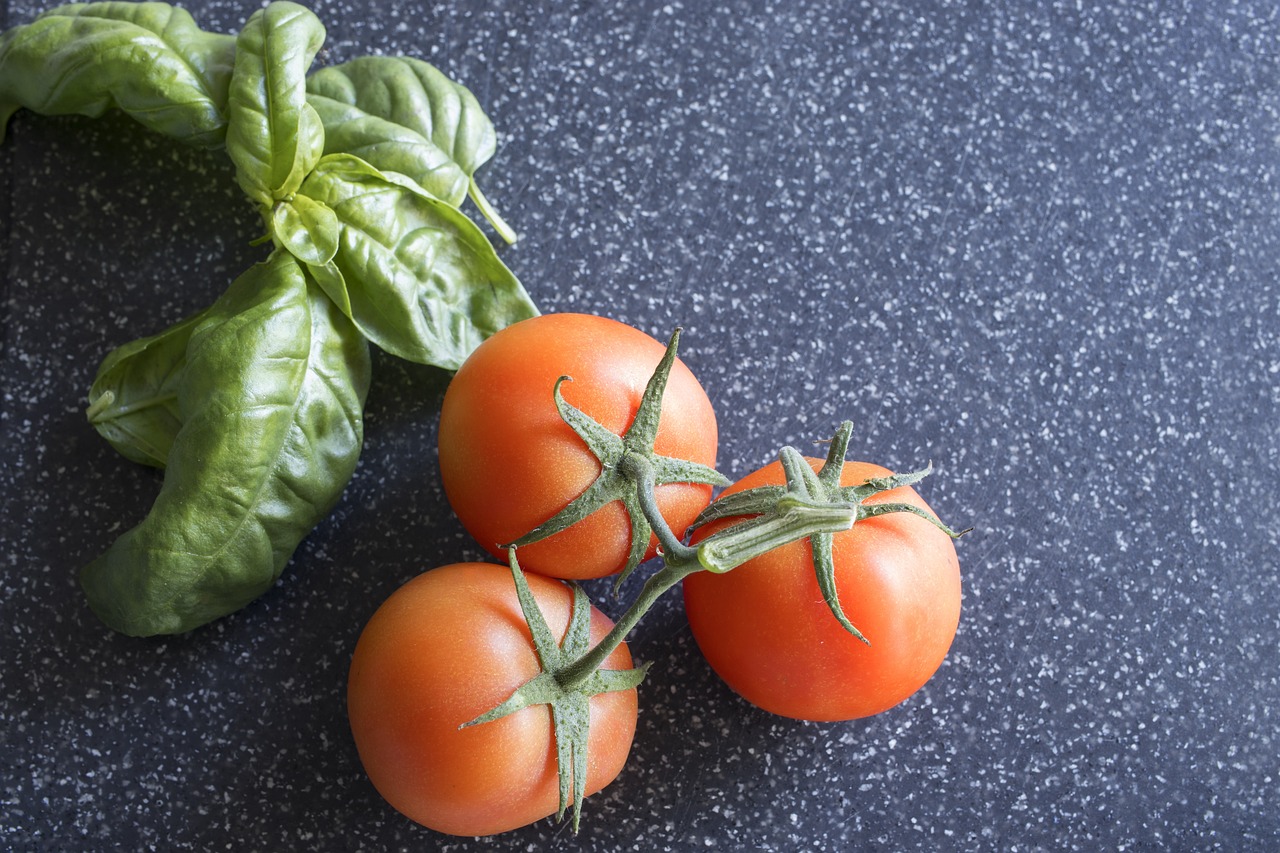The Future of Vertical Farming: Growing Food in Urban Spaces.
Vertical farming in urban areas offers numerous advantages that are particularly beneficial in addressing the challenges of food security and sustainability in densely populated regions. By utilizing vertical space efficiently, these farms can produce a higher yield of crops compared to traditional horizontal farming methods. This increased productivity is crucial in meeting the growing food demands of urban populations without the need for vast expanses of agricultural land.
Furthermore, vertical farming significantly reduces the carbon footprint associated with transporting produce from rural areas to cities. By cultivating crops closer to the consumer base, these farms decrease the reliance on long-distance transportation, thereby lowering greenhouse gas emissions and overall energy consumption. This localized production not only contributes to a more sustainable food system but also ensures fresher and more nutritious produce reaching urban markets.
Challenges Faced by Vertical Farms in Urban Spaces
Vertical farms in urban areas face several challenges that can hinder their success. One of the primary obstacles is the high initial investment required to set up and operate a vertical farm. The cost of the equipment, technology, and infrastructure needed for vertical farming can be prohibitive for many farmers, especially those starting out in the industry.
Another challenge is the limited space available in urban environments. Finding suitable locations to set up vertical farms can be a significant hurdle, as most cities are already densely populated with buildings and infrastructure. Securing adequate space for vertical farms can be costly and time-consuming, making it difficult for farmers to expand their operations or meet growing demands for locally grown produce.
Innovative Technologies Used in Vertical Farming
Vertical farming utilizes a variety of innovative technologies to maximize crop yields and efficiency within urban spaces. One such technology is the use of LED lighting systems, which provide the specific light spectrum needed for optimal plant growth. These lights can be customized to mimic natural sunlight, promoting photosynthesis and aiding in the development of healthy crops.
Another key technology in vertical farming is hydroponic systems, which involve growing plants without soil by using nutrient-rich water solutions instead. This method allows for more control over the plant’s environment and nutrient intake, resulting in faster growth rates and higher yields compared to traditional soil-based farming. Additionally, hydroponic systems use less water than conventional farming methods, making them a sustainable choice for urban agriculture.
• LED lighting systems are used to provide the specific light spectrum needed for optimal plant growth
• These lights can be customized to mimic natural sunlight, promoting photosynthesis and aiding in healthy crop development
• Hydroponic systems involve growing plants without soil by using nutrient-rich water solutions
• This method allows for more control over the plant’s environment and nutrient intake, resulting in faster growth rates and higher yields compared to traditional soil-based farming
• Hydroponic systems use less water than conventional farming methods, making them a sustainable choice for urban agriculture.
What are some benefits of vertical farming in urban areas?
Vertical farming in urban areas allows for the production of fresh produce closer to where it will be consumed, reducing transportation costs and emissions. It also makes efficient use of limited space, maximizes crop yields, and minimizes water usage.
What are some challenges faced by vertical farms in urban spaces?
Some challenges faced by vertical farms in urban spaces include high initial investment costs, limited natural sunlight availability, energy consumption for artificial lighting and climate control, and potential zoning and regulatory hurdles.
What are some innovative technologies used in vertical farming?
Some innovative technologies used in vertical farming include hydroponic and aeroponic systems, LED grow lights, automated climate control systems, vertical stacking systems, and data analytics for optimizing crop growth.







